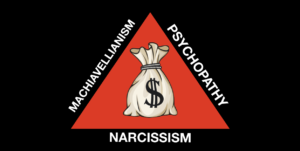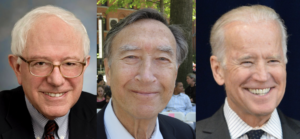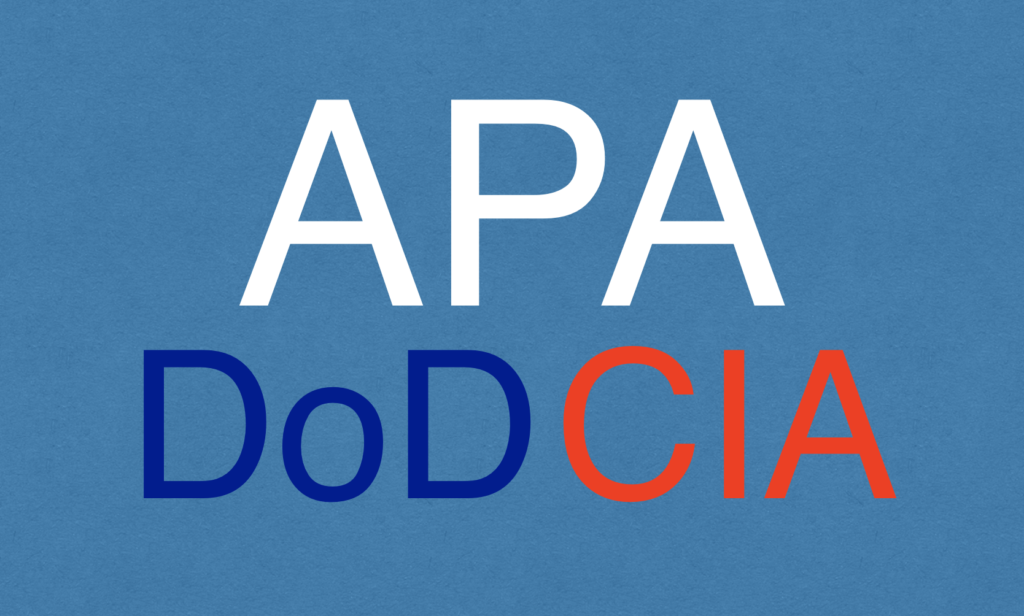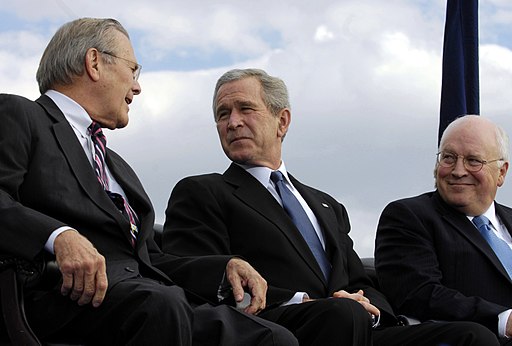 “They smashed up things and creatures and then retreated back into their money or their vast carelessness or whatever it was that kept them together, and let other people clean up the mess they had made.”
“They smashed up things and creatures and then retreated back into their money or their vast carelessness or whatever it was that kept them together, and let other people clean up the mess they had made.”
— F. Scott Fitzgerald’s The Great Gatsby
The Outrage of Billionaires
The data are stark and compelling. The richest 400 families in the United States own financial assets that exceed the wealth of the bottom 60% of all American households combined. U.S. billionaires pay taxes at a lower effective rate than working class families. The CEOs of S&P 500 companies, averaging over $14 million in annual compensation, make roughly as much in a single day as their median employee earns in an entire year. At the same time, research shows that such extreme inequality between rich and poor is a driving force behind many of society’s most profound and corrosive ills. These disparities are associated with diminished levels of physical health, mental health, educational achievement, social mobility, trust, and community life. They’re also linked to heightened levels of infant mortality, obesity, drug abuse, crime, violence, and incarceration.
In light of these realities, it’s no surprise that some political leaders are calling for dramatic policy changes designed to tamp down economic inequality. Equally unsurprising, some members of the so-called billionaire class in this country are outraged by these proposals. Responding to Senator Bernie Sanders’s comment that he doesn’t think billionaires should exist, Stephen Schwarzman — the billionaire CEO of the private equity firm Blackstone Group — told a New York City audience, “Maybe Bernie Sanders shouldn’t exist.” On the Fox Business Network, Ken Langone, the billionaire co-founder of Home Depot, angrily called Sanders a “blowhard” and asked, “What the hell has he done for the little people?” And CNBC host Jim Cramer reported that Wall Street executives — privately discussing the aspirations of Senator Elizabeth Warren — had told him “she’s got to be stopped.”
Complaints like these are nothing new from America’s super-rich. Almost a decade ago, Schwarzman (noted above) compared the possible elimination of a favorable hedge fund tax loophole to “when Hitler invaded Poland.” A few years later, in a letter to the Wall Street Journal, now-deceased billionaire venture capitalist Tom Perkins wrote, “I would call attention to the parallels of fascist Nazi Germany to its war on its ‘one-percent,’ namely its Jews, to the progressive war on the American one-percent, namely the ‘rich.'” And fellow billionaire Sam Zell told Bloomberg News, “This country should not talk about envy of the one-percent. It should talk about emulating the one-percent.”
But should we really be trying to emulate the one-percent? Perhaps not. Psychological research suggests that the super-rich, as a group, aren’t necessarily the role models we collectively need if our goal is to advance the common good and build a more decent society. In particular, one reason to be skeptical involves a constellation of interlinked personality traits — Machiavellianism, psychopathy, and narcissism — that psychologists call the “Dark Triad.” The originators of the term summarize it this way: “To varying degrees, all three entail a socially malevolent character with behavior tendencies toward self-promotion, emotional coldness, duplicity, and aggressiveness.”
Let’s now consider each of these three components separately, in regard to what they may tell us about the one-percent.
Continue reading “Psychology’s “Dark Triad” and the Billionaire Class”






